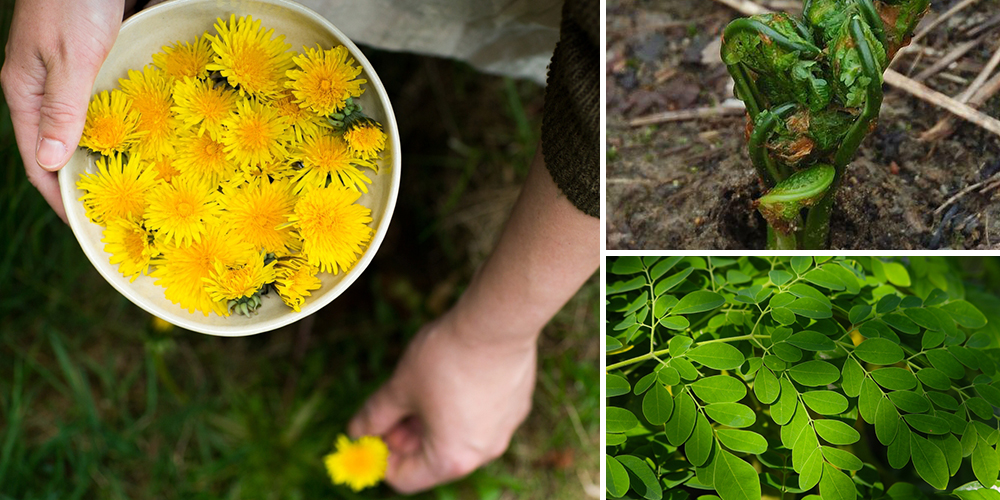
The Most Nutritious Plants You Can Forage This Spring
While early fall is often considered one of the best times to go foraging, it isn’t the only time. Spring can provide you with plants full of health benefits and nutrients that might be otherwise overlooked or dead by the time autumn rolls around.
Here are some of the most beneficial plants to consider foraging this spring.
Moringa (Moringa oleifera)
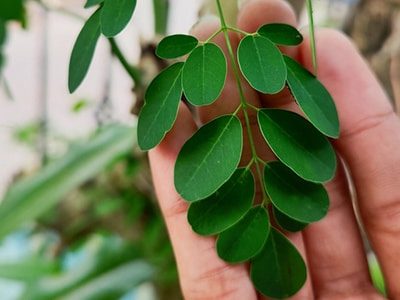
Moringa is a plant that is also known as the drumstick tree, ben oil tree, horseradish tree, or miracle tree.
In addition to its medicinal properties, it also has many nutritional benefits. It is one of the most nutritious plants you can forage in spring.
For harvesting in the wild, late spring or early summer is often the best time. If you live in a tropical climate, however, you may find that it blooms and grows all year round.
How to Use it
Using moringa is easy enough to do. It is a plant you can eat raw and has a taste similar to spinach. This means you can sprinkle it on top of your meals or mix it into almost anything. You don’t need to do anything unique with it.
Some options on how to use it is just like you would spinach. Use it as a greenery in a salad, blend it into drinks and sauces, wilt it into soups and dips, or chop it up and mix it into pasta and risotto. Generally, it is the leaves that are used in foods. You can also steep the leaves and flowers as tea if you dry them out.
Additionally, if you let moringa leaves dry out, you can grind them into a fine powder, and place them into capsules or easily add them to a smoothie or breakfast shake.
Health Benefits
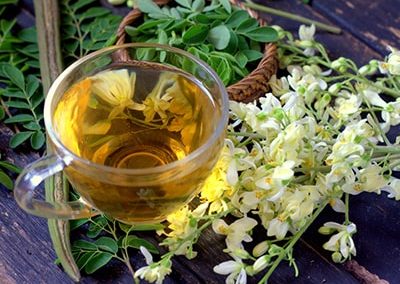
It has many medicinal properties with minimal side effects, which makes it very popular among those who use natural remedies. It is commonly used for the following health benefits:
- enriching skin, nails, and hair by hydrating, detoxifying and protecting them from free radicals.
- good for infections and sores of the skin
- treating and preventing edemas with its anti-inflammatory properties
- can reduce the severity of asthma and increase lung function
- it protects and heals the liver
- can reduce blood pressure thanks to compounds known as isothiocyanate and niazimicin
- it helps with stomach disorders including constipation, ulcerative colitis, and gastritis thanks to the antibiotic and antibacterial properties as well as its high levels of vitamin B
- can increase iron absorption, so it can prevent the effects of anemia and sickle cell disease
- reduces the glucose in the blood, and sugar and protein in the urine
- strengthens bones due to nutrients such as calcium and phosphorus
- improve moods and mood disorders such as fatigue, depression, and anxiety.
Moringa contains both vitamins and minerals. Some of the vitamins include A, B1, B2, B3, B6, and C. It also contains minerals like calcium, potassium, iron, magnesium, phosphorus, and zinc. Folate and high levels of antioxidants are also present in moringa, and it contains no harmful cholesterol.
Dandelion (Taraxacum officinale)
There are numerous options for obtaining a variety of medicinal and nutritious plants from the wild around you. Another great option is dandelion.
Dandelions are often considered weeds, but contain many health benefits. They can be found in almost any temperate region, and on every continent except Antarctica. They contain vitamins C, A, E, B, and K, as well as iron, magnesium, calcium, and potassium.
⇒ Doctors Soak What Flower in Vinegar to Fight Infections Naturally? (Video)
When foraging for dandelions it is recommended to look for the young plants and collect them in the spring and the fall. Dandelion plants become tougher and have a bitter taste as they age. The benefit of foraging for dandelions is that they can be found almost anywhere and they’re easy to spot. They thrive in pastures, meadows, parks, gardens, fields, and other grassy areas.
How to Use it 
All parts of dandelion (flowers, flower buds, leaves and roots) can be used. The flowers are delicious in many sweet baked goods like cookies, bread and muffins.
Salad leaves are delicious when picked young, before the plant flowers, and can also be steamed and used like spinach. Because they have a slightly bitter taste, using lemon juice can help. Flowers can be used to make tea or fritters. Flower buds, like capers, can be pickled. Roasted roots can be used to make tea or as a coffee substitute.
Health Benefits
The dandelion has been revered in herbal medicine for its numerous healing properties. Dandelion has been used to treat a variety of ailments, including acne, cancer, digestive problems, and even liver diseases. Some of its health benefits include the following:
- may be able to lower inflammation
- contains many concentrated antioxidants that balance or deter the adverse impacts of the free radicals in your body
- bioactive compounds in dandelions have been discovered to decrease blood sugar levels
- supportive of good bacteria for the maintenance and growth of the bacterial flora within the tract of the intestines
- may also be effective in the fight against heart disease
- dandelions have a sap that can be put on warts to aid in their removal
- the root offers support to the liver
- may boost and aid in maintaining weight loss and has diuretic properties
Fiddlehead Ferns (Matteuccia struthiopteris)
Though pretty much any fern can be a fiddlehead fern, as it is just a fern leaf that hasn’t yet opened up, the Ostrich fern is often considered the best. They are the best tasting, with a flavor similar to asparagus. It is harvested before the frond is opened. Young, unfurled shoots less than 4 inches (10cm) tall can be harvested in early spring by cutting close to the ground with a sharp knife.
They tend to grow in areas that are moist, warm, and shaded, such as in forests near water.
⇒ Plant Identification Guide – 400 Wild Plants That You Can Forage For (Video)
How to Use it
They need to be cooked first, either by boiling or steaming. It is used in many vegetable dishes, such as a side for meat and rice, and also in making pickles and chutneys.
Some ferns are toxic, so it is important you understand what you are looking for before harvesting ferns. The tiny fern sprouts, which are usually only available for a few weeks, give your cooking a distinct flavor. They are high in vitamins and nutrients, as well as being low in calories, fat, and cholesterol.
Health Benefits
Fiddleheads contain up to twice the antioxidant capacity of blueberries! These antioxidants can boost your body’s innate immune system by bolstering its own natural defenses and warding off invading pathogens by increasing glutathione levels (a powerful antioxidant). Fern tea may relieve pain and powdered root can be applied topically to heal sores. Other health benefits include:
- beneficial for fighting against infections, and treating diabetes, and can help with weight issues
- they are used as a gargle for sore throats, as a laxative, and to treat skin wounds and boils
- may protect you from cancer, heart disease, and diabetes
- a good source of vitamin A, B, and C along with the minerals manganese, calcium, iron, magnesium and potassium
The Bottom Line
While these are some of the most nutritious plants to forage for this spring, they aren’t the only ones.
Consider looking at other plants as well, including Violets (Viola sororia or Viola odorata), Clover (Trifolium pratense), Ramps (Allium tricoccum), Cattail shoots (Typha spp.), Wild asparagus (Asparagus officinalis), and Dead nettle (Lamium purpureum). These plants provide their own sets of nutrients and health benefits.

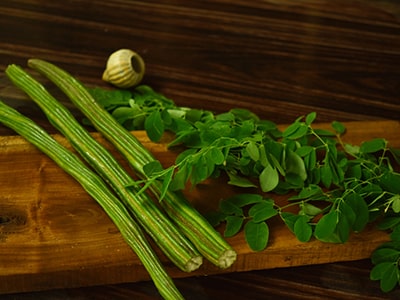
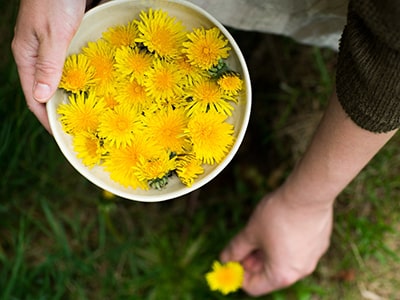

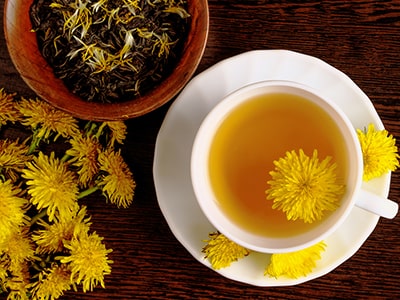
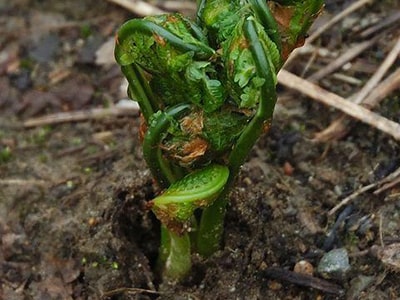
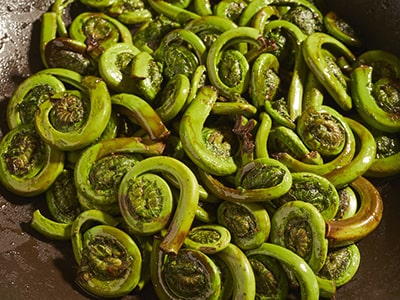
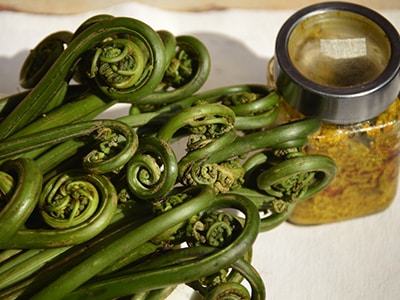

Grrr I want to print this and it won’t work for me. All of the articles you put up won’t print or they will on desktop but I don’t necessarily want every single picture which uses up my ink. Please consider putting your print back to what it used to be 🙏
Hi, Pam – simply drag your mouse over the content, let go, and with the content highlighted, right click on the content and select “copy”,… you can also press cntrl-C to copy to the clipboard, then cntrl-V to paste it into a word prescessor. then print!
That doesn’t exclude the photos and all the ads though. A printer friendly option would be much appreciated.
Hi Pam…I do what Mike said to highlight. I do it in sections. Highlight what you want, then copy and past on my Word Pad. You can copy and paste just what you want. Then print your Word Pad…You can, also, save it to your documents…I hope this helps.
You can, also, use https://www.printfriendly.com/ Copy the link and paste it to the printer friendly site…
To clarify…Copy the link of the page you want to print…then go to print friendly (link below printfriendly.com ) and paste it into the box provided…
Can you use the stems when brewing teas? Is that unusual?